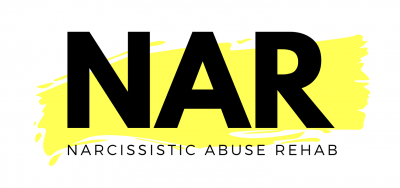If you’ve ever wondered why narcissists send flying monkeys, learn how these enablers facilitate campaigns of abuse y proxy.
Scapegoating
Psycho-Emotional Abuse: The Essential Guide was made to provide you with greater knowledge of this fundamental component of narcissistic abuse. This information will give you a clear understanding of: Let’s get started. What is psycho-emotional abuse? Psycho-emotional abuse describes any non-physical pattern of behavior that intentionally harms an individual’s mental state and undermines their ability to reach their full potential. It…
FLYING MONKEYS ARE ENABLERS who act on behalf of narcissists. They are usually friends and relatives who serve as surrogates, emissaries, fixers and drones in the narcissist’s network. Moreover, they make it possible for narcissists to carry out their campaigns of abuse by proxy. A person may rationalize playing the flying monkey role for a variety of reasons. Here are…
DARVO is an acronym for Deny, Attack, Reverse, Victim, and Offender. It is a manipulation tactic used to avoid being held to account.




